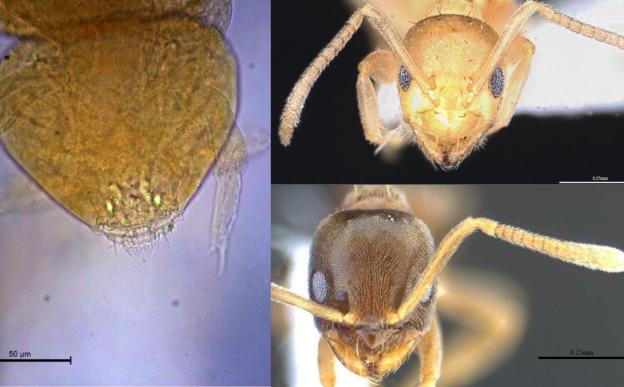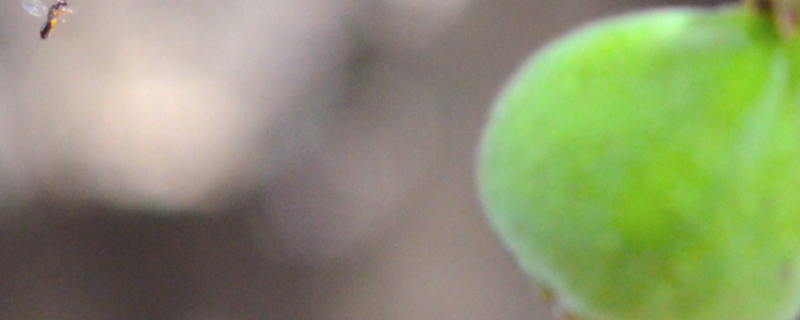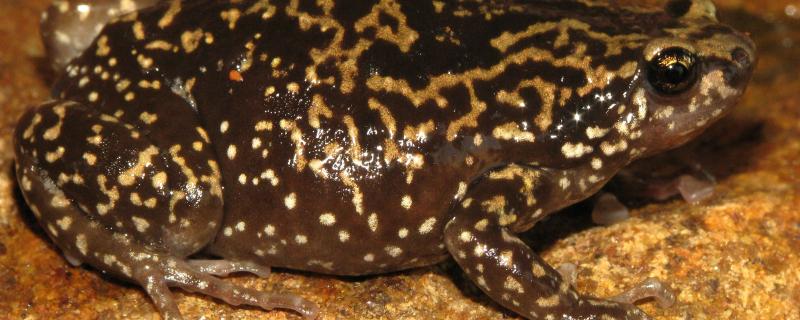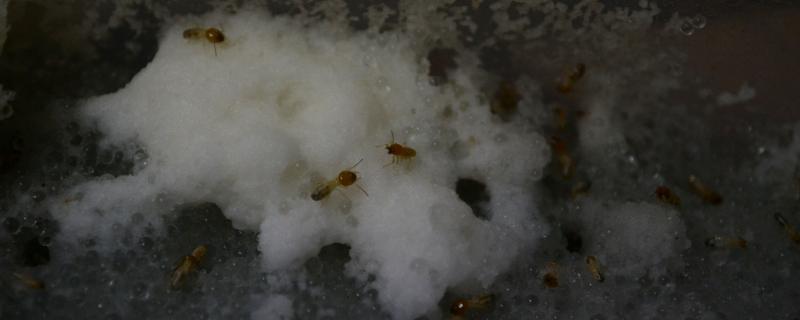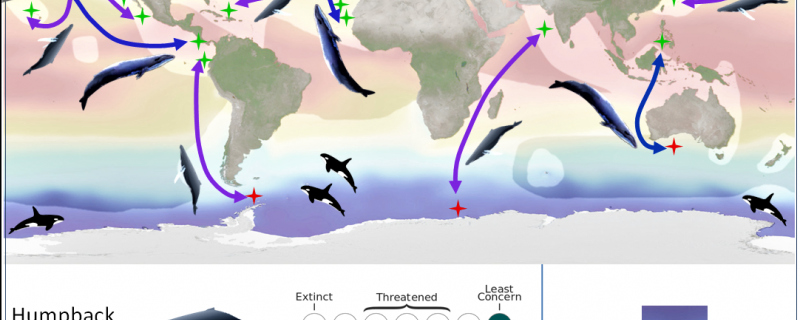How many times have you fed moneys by the roadside? Are you changing the behaviour of the monkey or is it manipulating your behaviour for food? New study from Researchers at the Ashoka Trust for Research in Ecology and the Environment along with researchers from the National Institute of Advanced Sciences gives reasons to not feed the monkeys.
Three new species discovered in the Himalayas: a new springtail from Sikkim and 2 new ants from Assam.
Sikkim/
